As technology and scientific advances change the way we are living, traditional education is often criticized for being stuck in the past. From outdated teaching methods to a lack of critical life skills, we look at 18 surprising reasons why traditional education is failing students:
One-Size-Fits-All Approach

Traditional education often assumes that all students learn the same way, but this is far from the truth. Every student has different strengths, learning styles, and needs. The rigid structure of most schools leaves little room for personalized learning, causing many students to fall behind or lose interest.
Focus on Standardized Testing
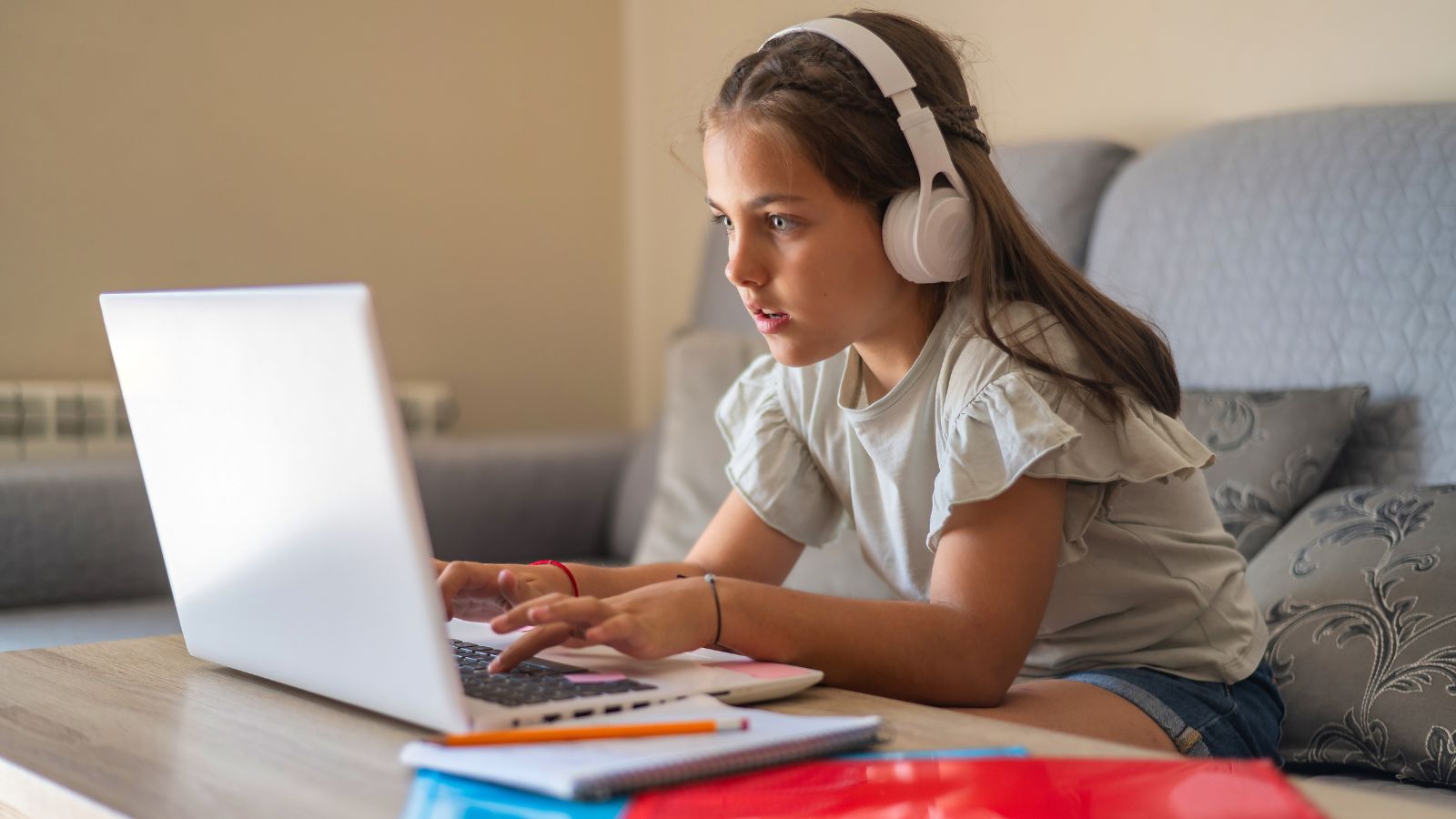
Standardized tests are at the heart of traditional education, but they often measure memorization rather than understanding. This leads to teaching for the test, focusing on rote learning over critical thinking, problem-solving, and creativity. Students end up learning facts but lack the deeper comprehension necessary to apply knowledge in real-world situations.
Lack of Critical Life Skills
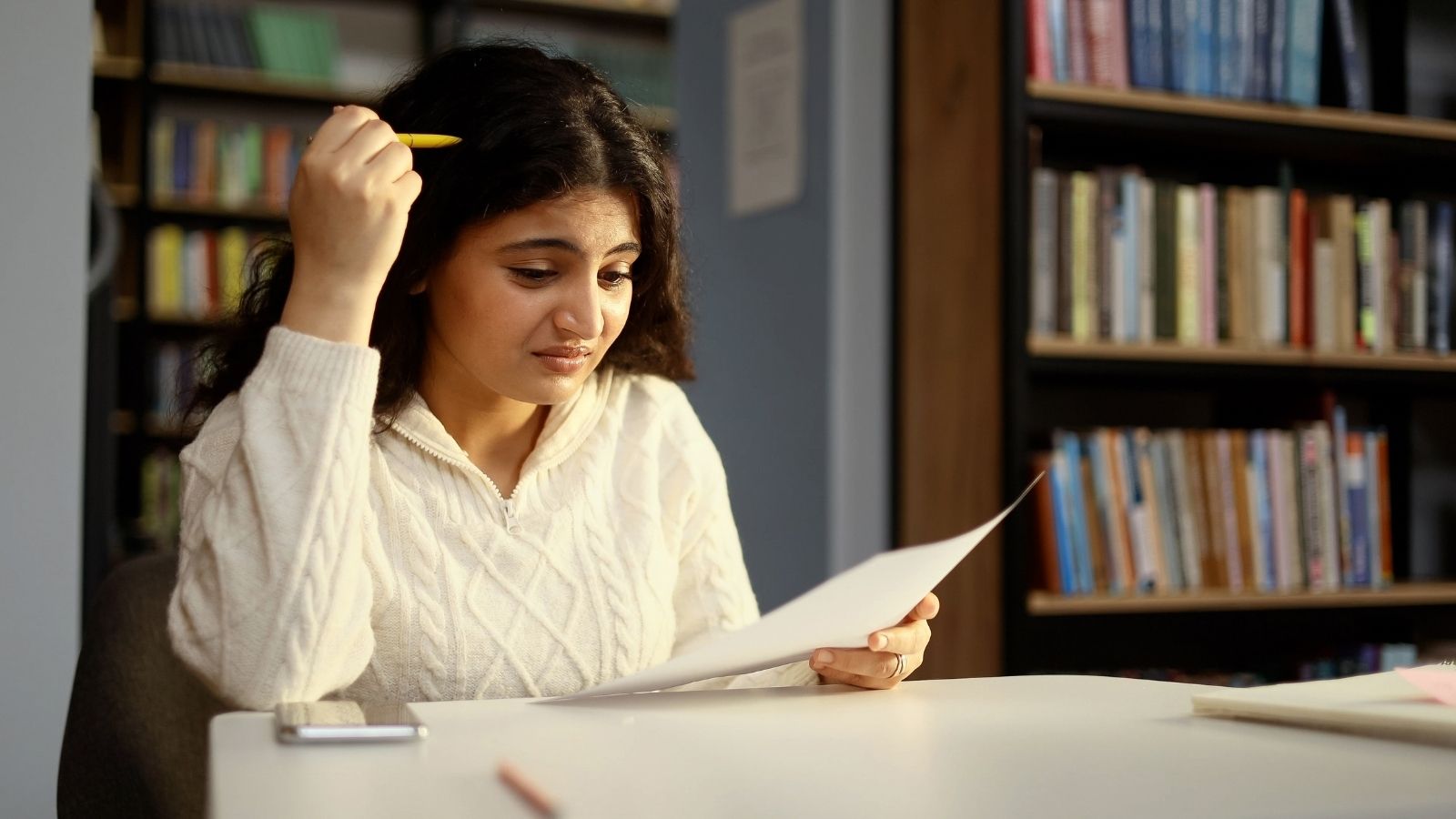
Traditional schools are excellent at teaching academic subjects, but they often neglect essential life skills like financial literacy, emotional intelligence, time management, and effective communication. These are the skills students will need in adulthood, yet they are rarely prioritized in the curriculum.
Outdated Curriculum

Much of the curriculum in traditional education has not kept up with the demands of the modern world. While subjects like algebra and history are important, there is often little emphasis on technology, digital literacy, and emerging industries that are shaping the future workforce.
Limited Career Preparation
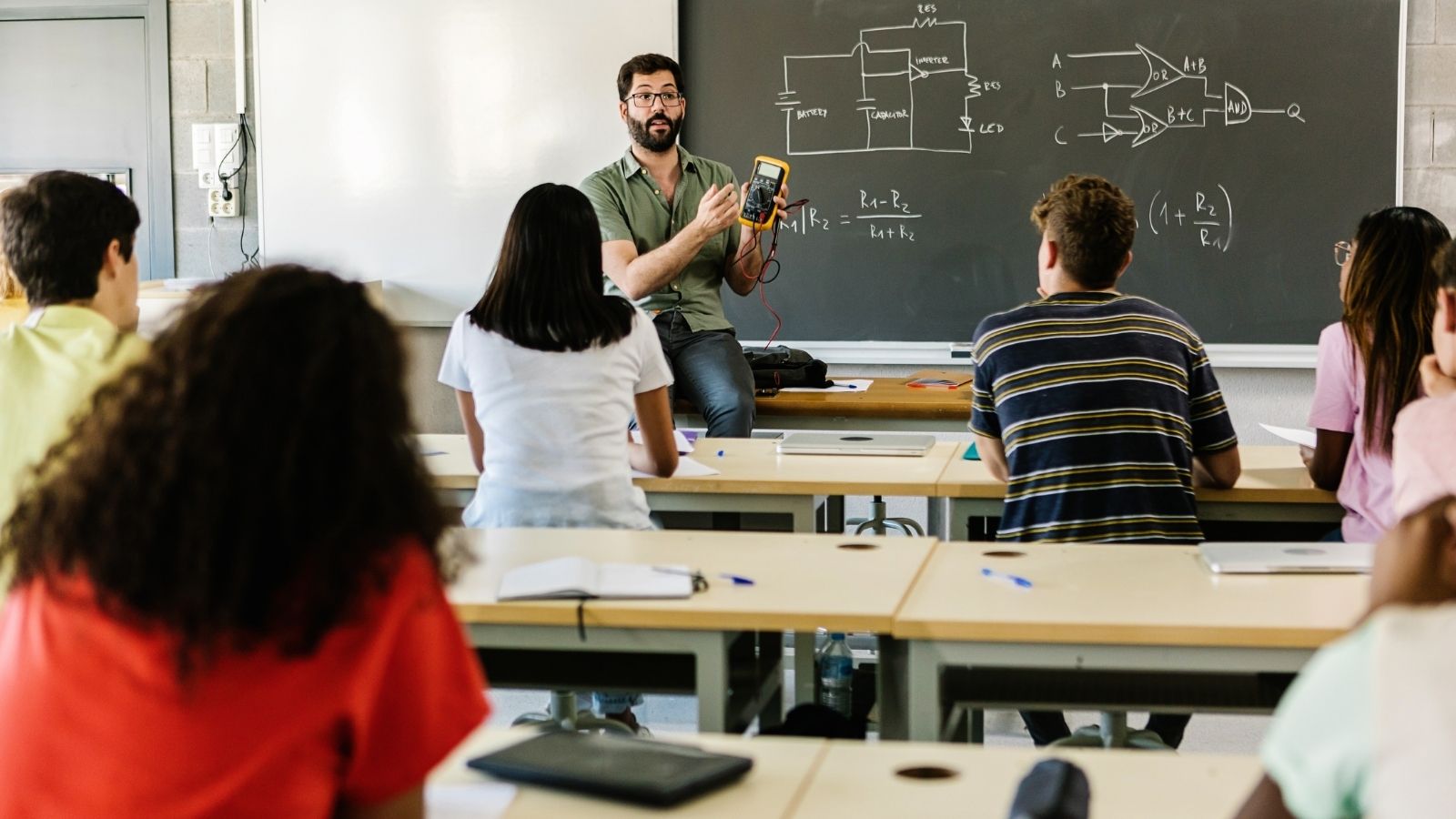
Traditional education tends to follow a “college-first” mentality, placing emphasis on higher education while neglecting alternative career paths. Vocational training, entrepreneurship, and hands-on skills are often overlooked, leaving many students unprepared for life after high school if they choose not to pursue a four-year degree.
Lack of Support for Mental Health

The pressure to perform academically, combined with social and emotional challenges, often leads to heightened stress and anxiety among students. Traditional schools are often ill-equipped to provide the mental health support students need, further contributing to feelings of isolation and failure.
Outdated Teaching Methods
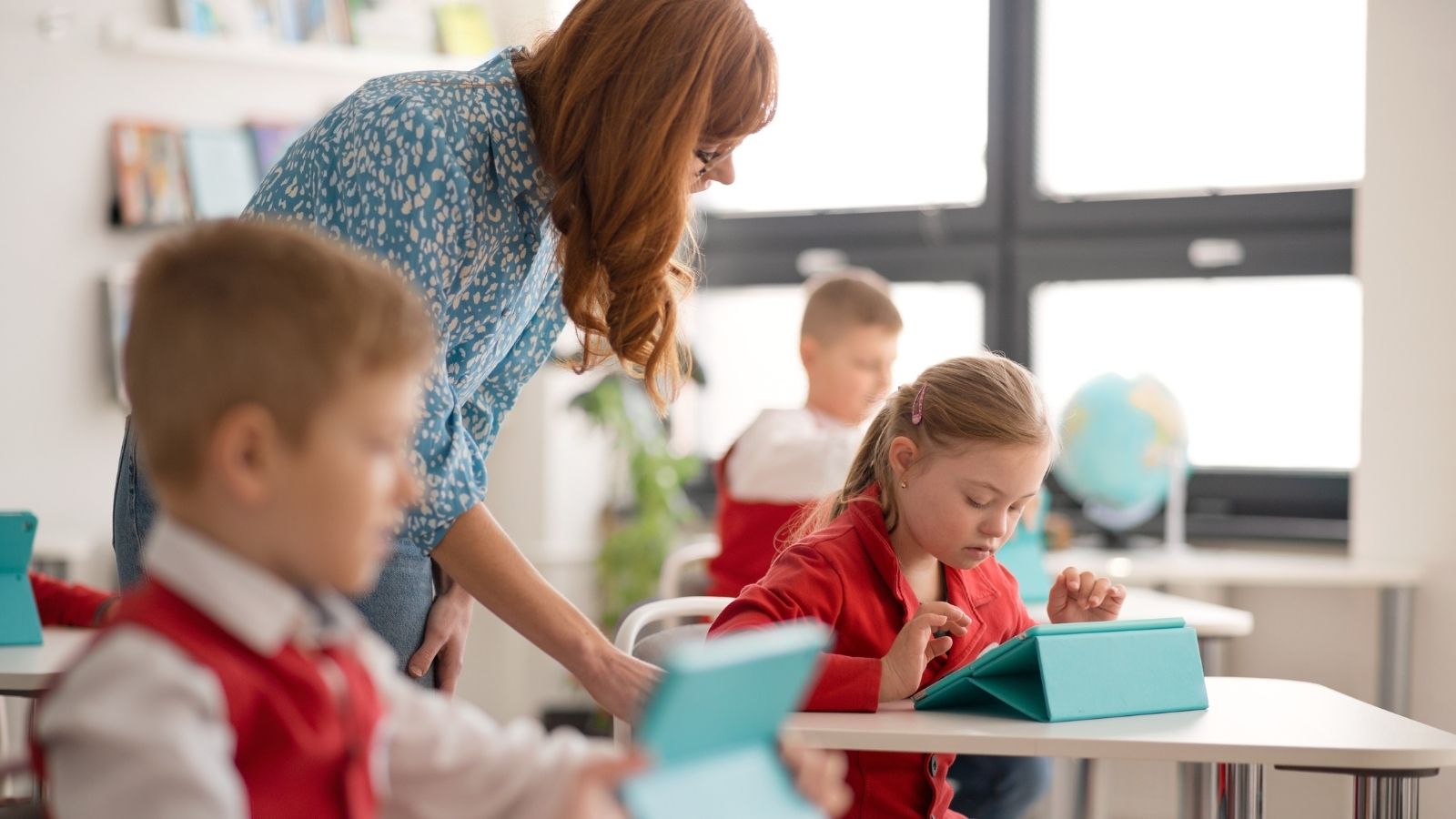
The lecture-based teaching model still dominates classrooms today, even though research shows that it is one of the least effective ways to engage students. Modern learners benefit more from interactive, hands-on and collaborative experiences, yet many schools cling to outdated methods of instruction.
Insufficient Use of Technology
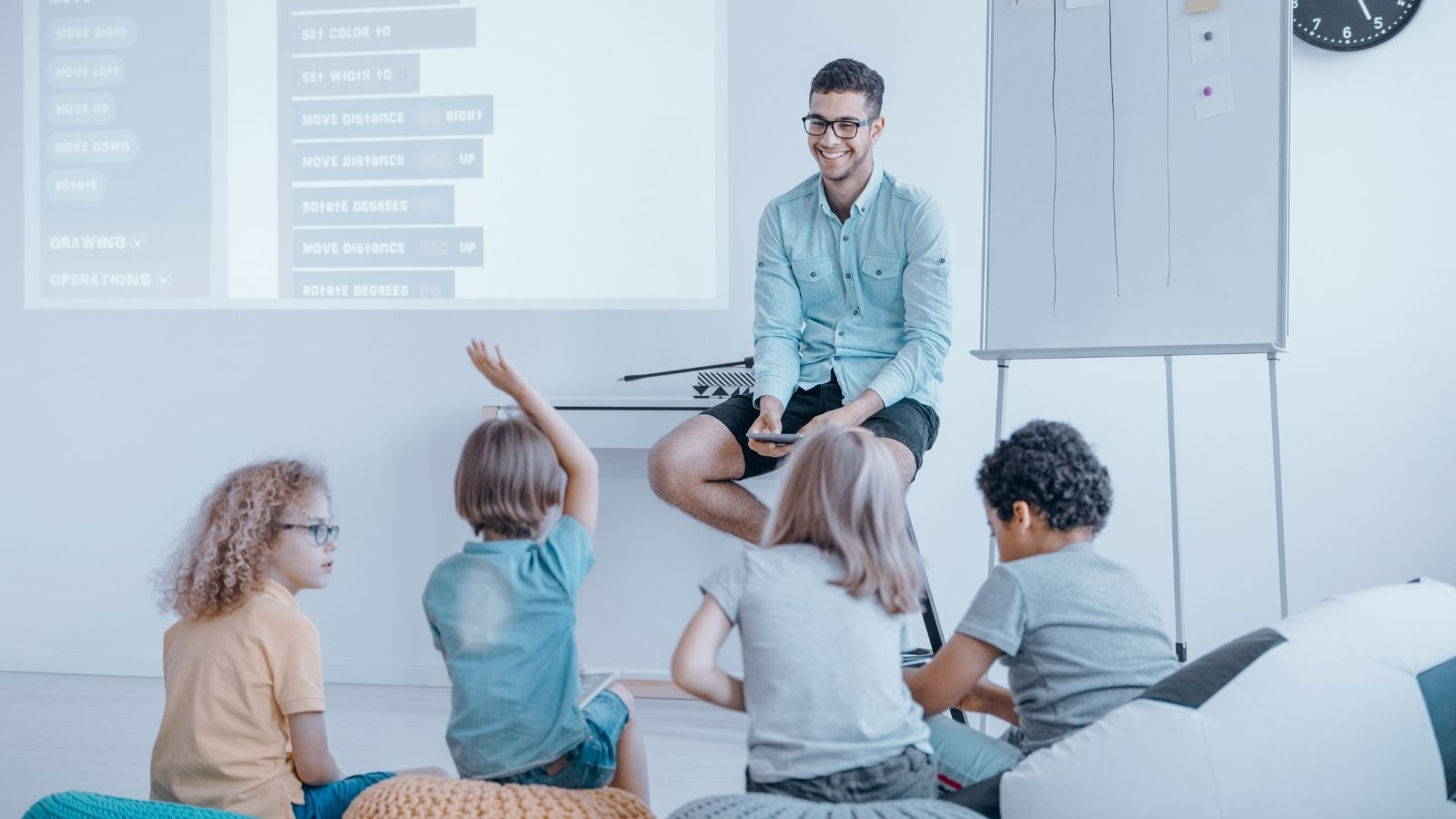
While technology is transforming nearly every aspect of life, many schools are slow to adopt digital tools that could enhance learning. From lack of access to educational software to underutilized devices, students are missing out on opportunities to develop tech skills that are essential for the modern workforce.
Failure to Foster Creativity
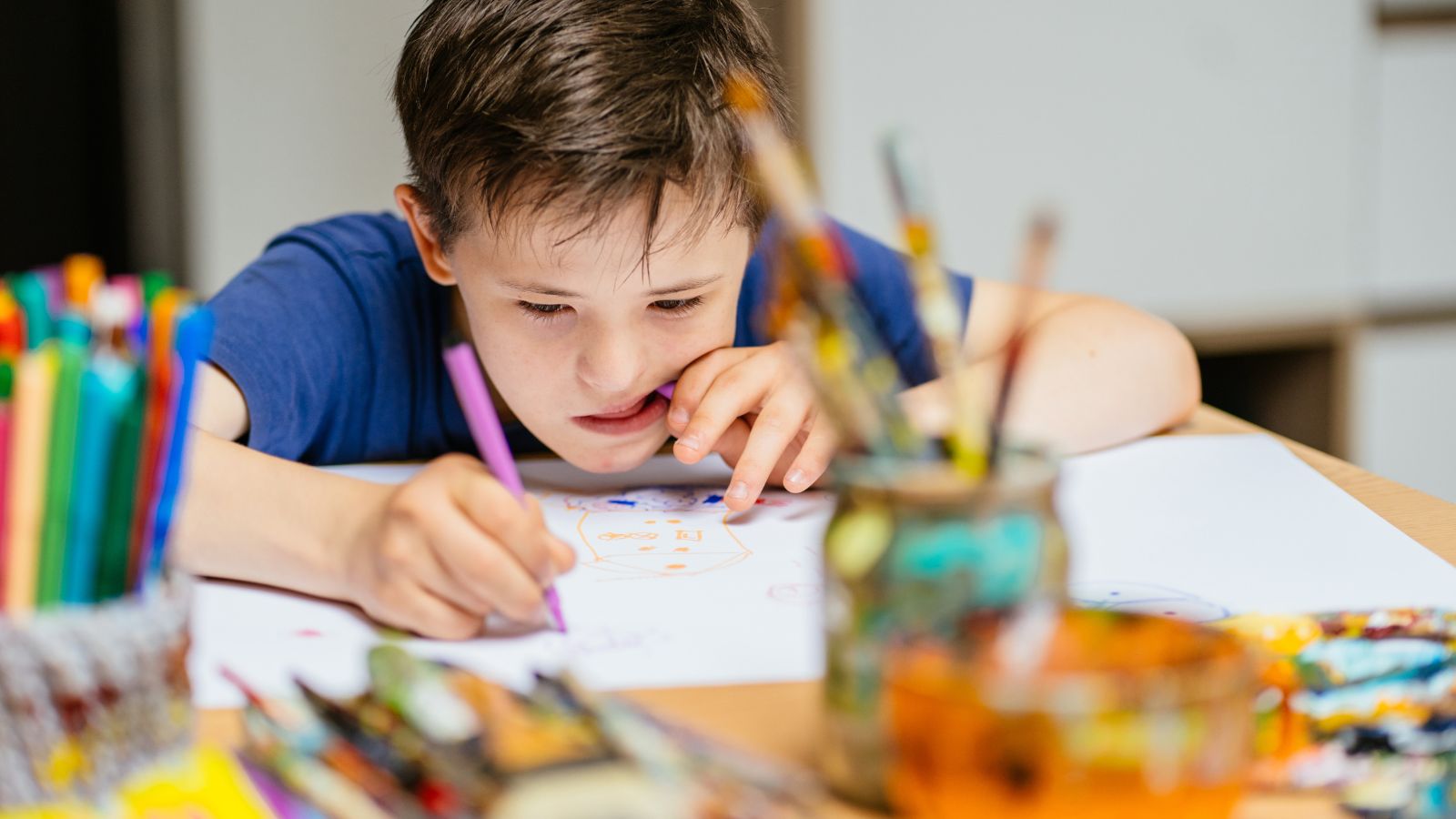
Creativity is one of the most valuable skills in today’s world, yet it is often stifled by traditional education’s rigid structures. The heavy focus on conformity, rules and standardized testing discourages students from thinking outside the box, exploring new ideas, or pursuing their passions.
Disconnected from the Real World

Traditional education often feels disconnected from the realities of the modern world. Students learn abstract concepts but are rarely shown how to apply them in real-life scenarios. This disconnect leads to disengagement and a lack of understanding about how education can impact their future careers and personal lives.
Failure to Teach Emotional Intelligence
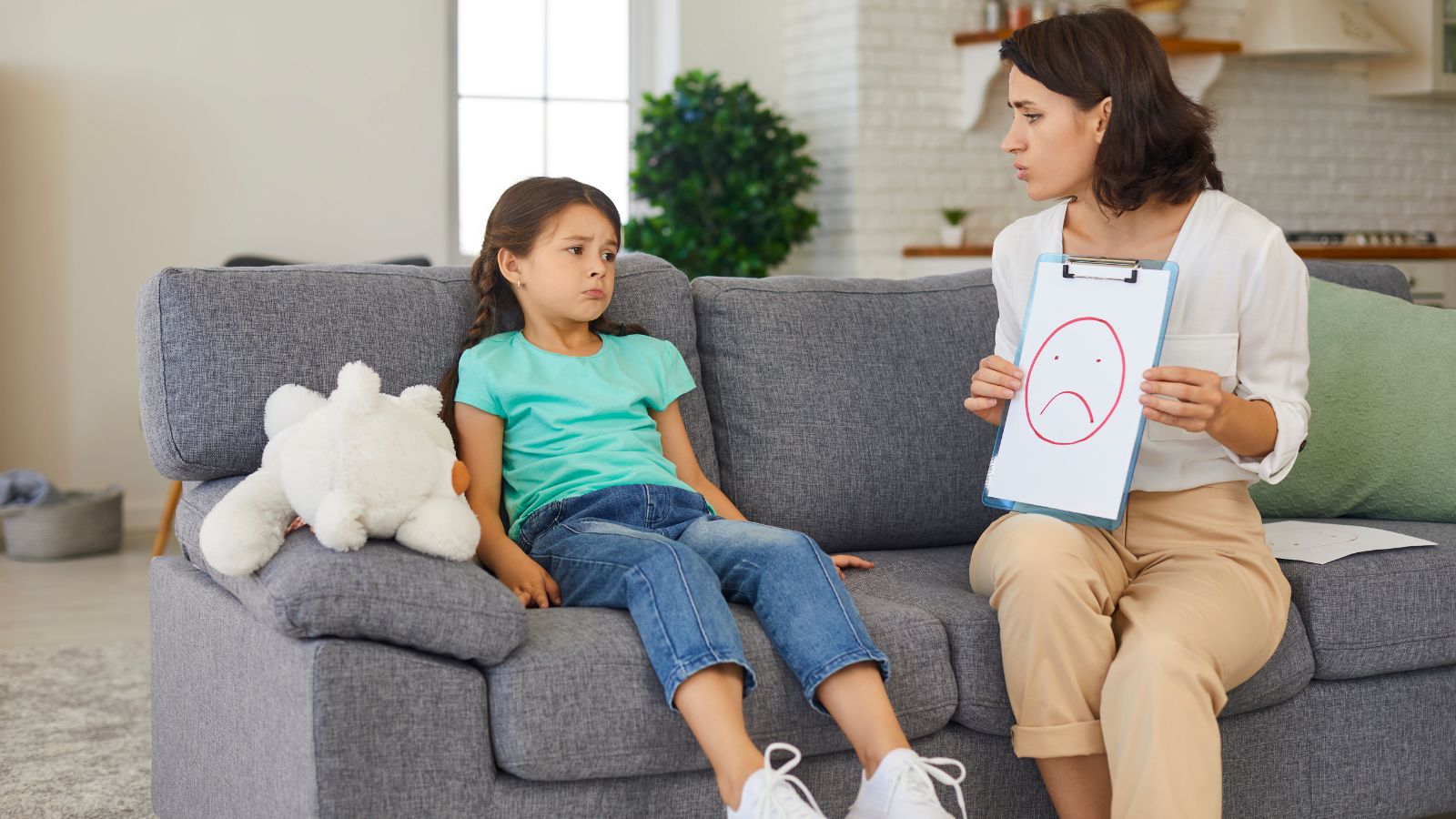
Academic knowledge is important, but emotional intelligence (EQ)—the ability to understand and manage emotions—is equally critical for success. Schools rarely address emotional development, leaving students ill-prepared to navigate interpersonal relationships, manage stress and foster resilience.
Overcrowded Classrooms
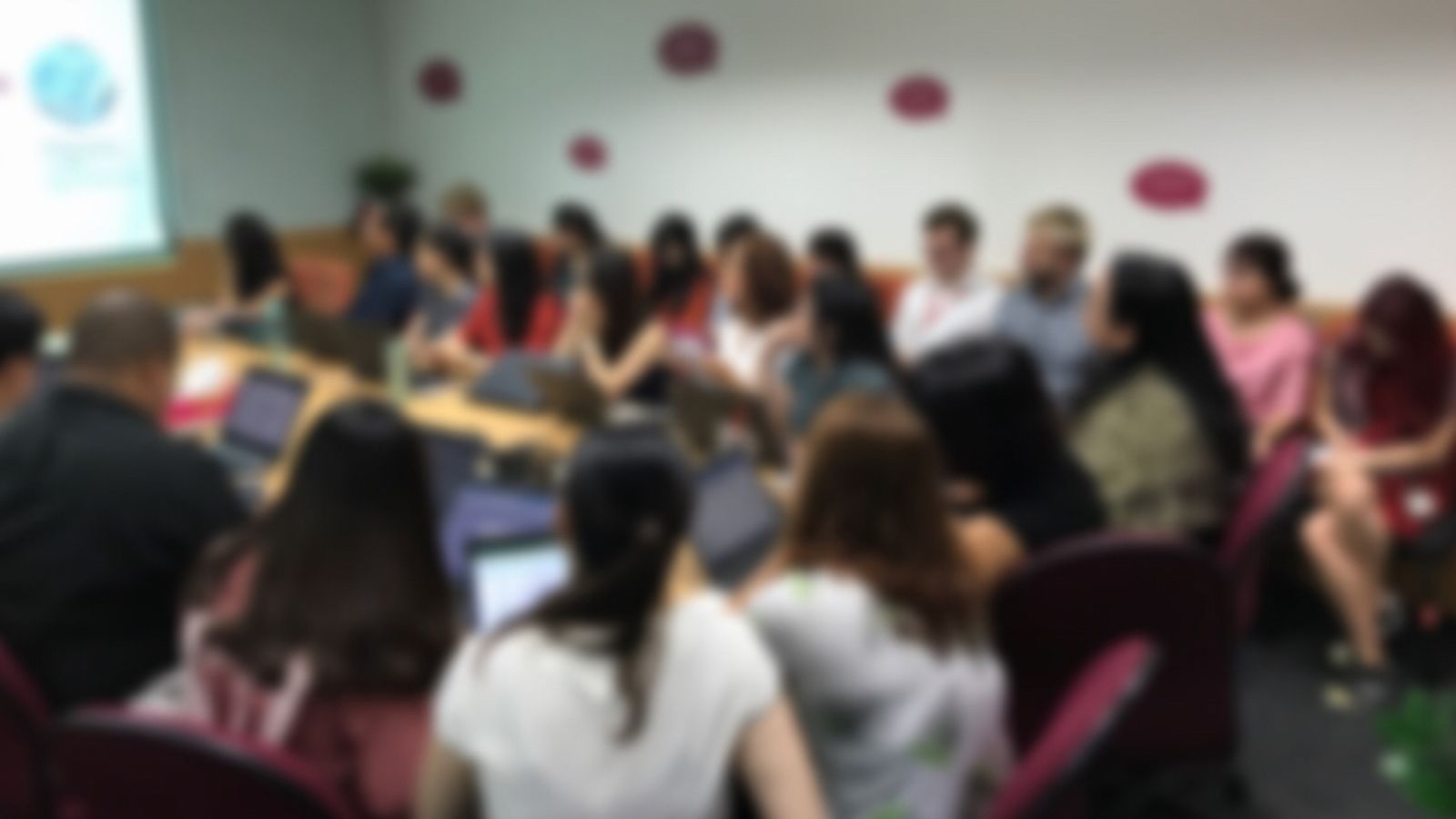
Overcrowded classrooms limit the amount of individual attention students can receive from teachers. This one-size-fits-all approach leaves struggling students behind while also failing to challenge those who may excel. Personalized instruction, which is key to deeper learning, is nearly impossible in these environments.
Lack of Diversity
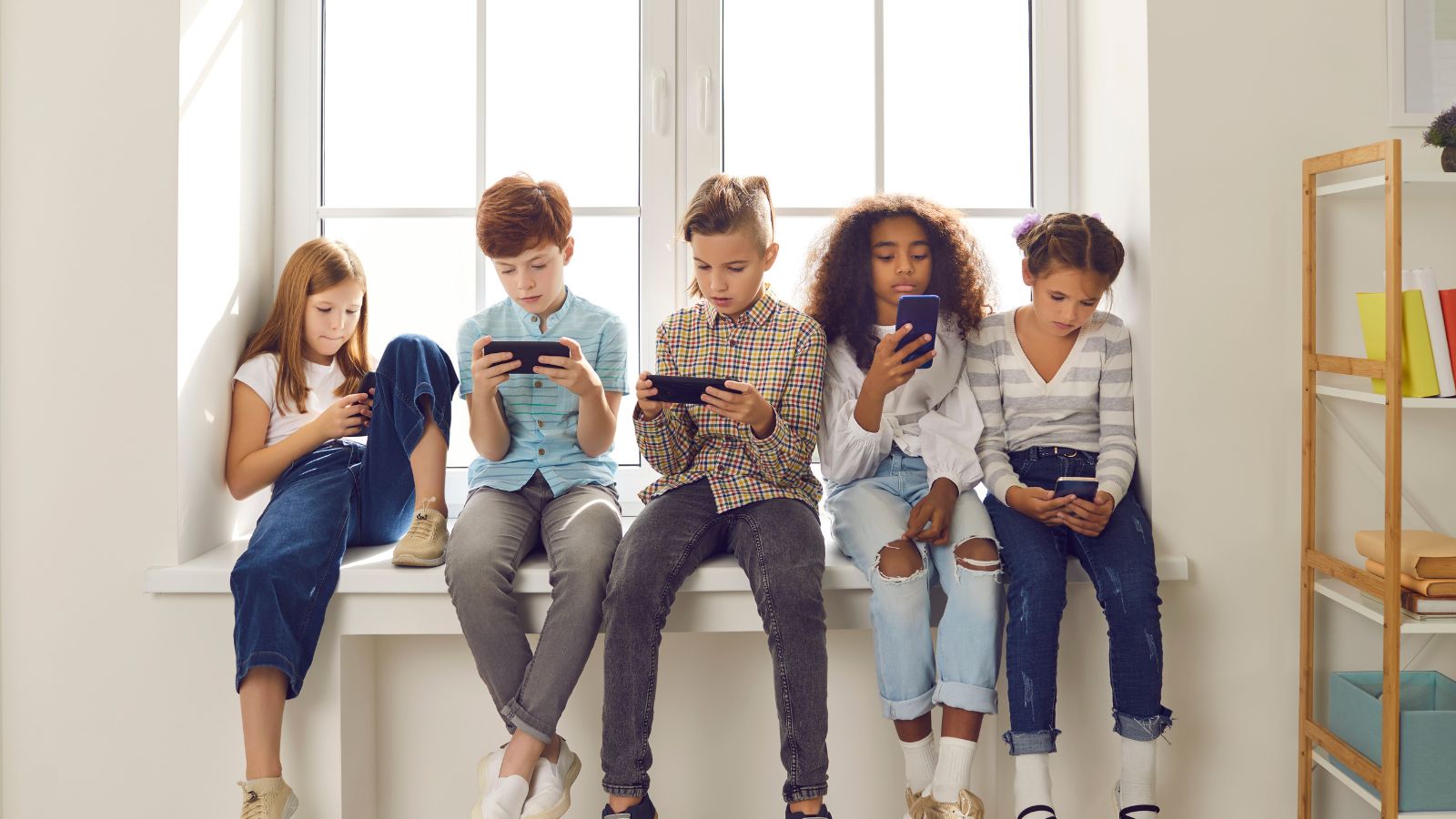
Many traditional curricula fail to reflect the diversity of the student population. From textbooks to classroom discussions, the content often centers on a narrow, Eurocentric perspective, failing to engage students from diverse backgrounds or reflect the multicultural society in which they live.
Inflexibility in Curriculum Design

Traditional education is notoriously inflexible, with rigid schedules and strict curriculums that leave little room for creativity or exploration. Students have few choices in what they study or how they learn, which can lead to boredom, disengagement and a lack of passion for learning.
Undeveloped Problem-Solving Skills

In traditional education, the focus is often on getting the “right” answer, leaving little room for experimentation or creative problem-solving. However, the real world demands the ability to think critically, adapt to changing circumstances and find innovative solutions—skills that are not nurtured in most school systems.
Ignoring Individual Strengths
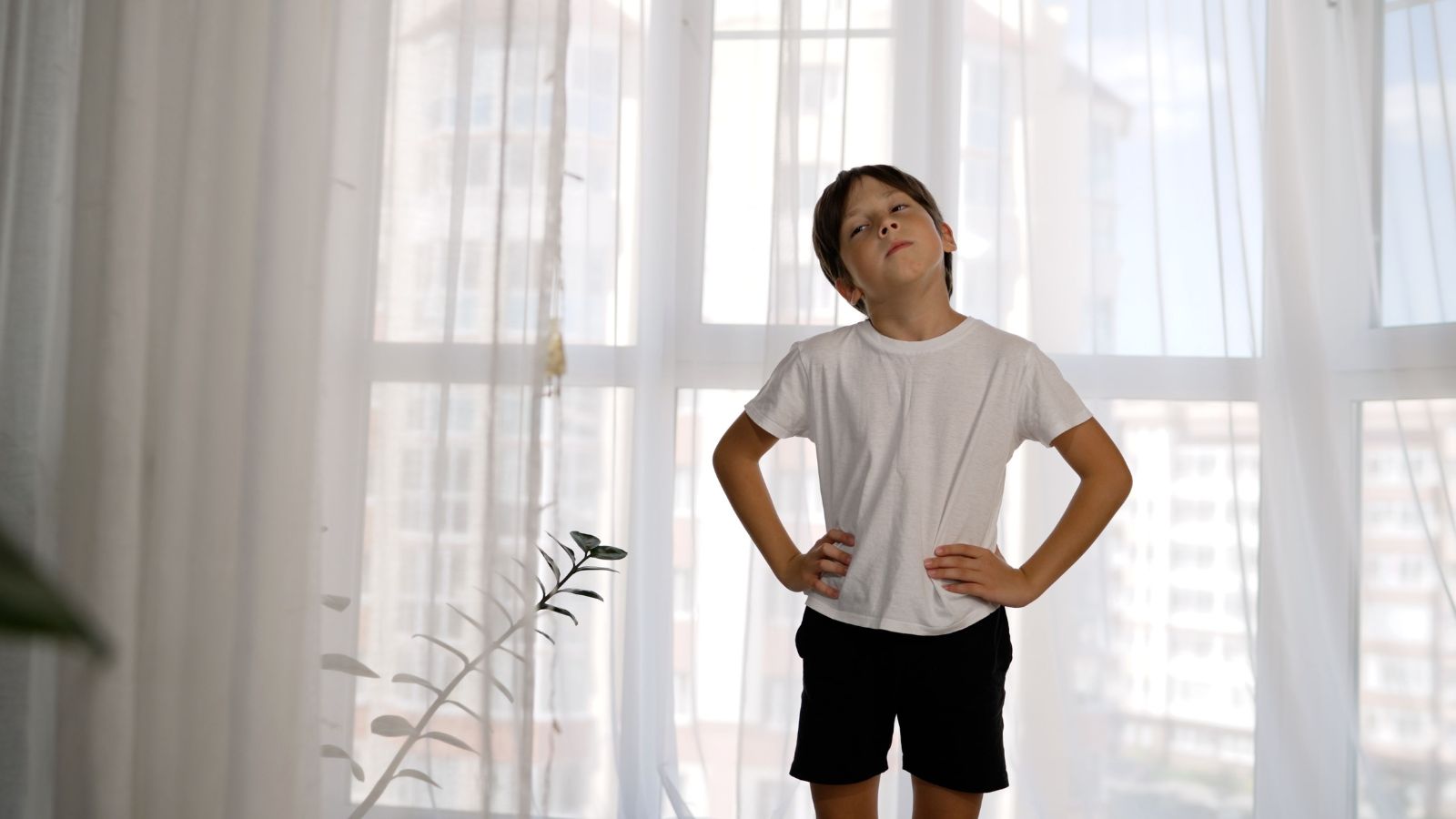
The current education system often emphasizes academic success over personal strengths and talents. Whether a student excels in art, sports, or technical skills, these abilities are frequently undervalued or ignored, leading to frustration and a lack of motivation in the classroom.
No Collaboration

In the traditional classroom, students often work independently and collaboration is limited to occasional group projects. This model does not reflect the collaborative nature of the modern workplace, where teamwork, communication and shared problem-solving are essential skills.
Failure to Foster a Love for Learning

One of the greatest failures of traditional education is its inability to instill a lifelong love of learning. Students often associate learning with stress, exams and pressure, rather than curiosity and personal growth. When the focus is on grades and testing, the joy of exploration and discovery is lost.
18 Reasons Why People Are Leaving Florida in Masses

Exploring factors that impact the desirability of living in Florida, this list delves into various challenges shaping residents’ experiences. From environmental concerns like rising sea levels to economic factors such as fluctuating job markets, these issues collectively contribute to a nuanced understanding of the state’s appeal.
18 Reasons Why People Are Leaving Florida in Masses
